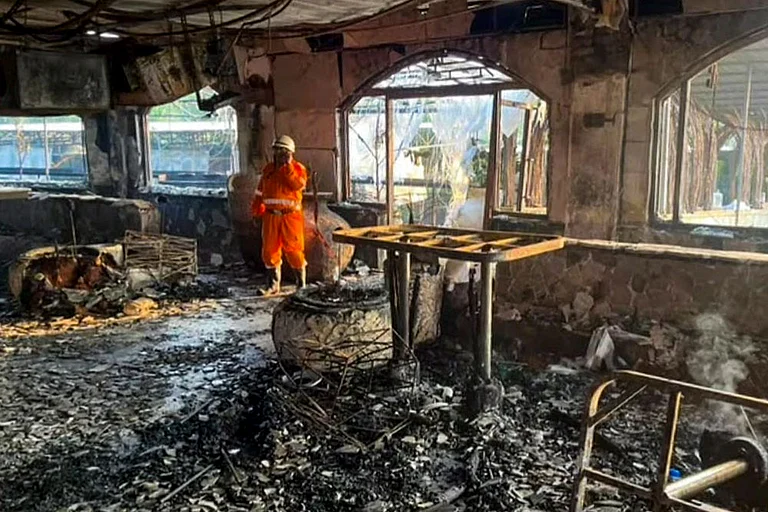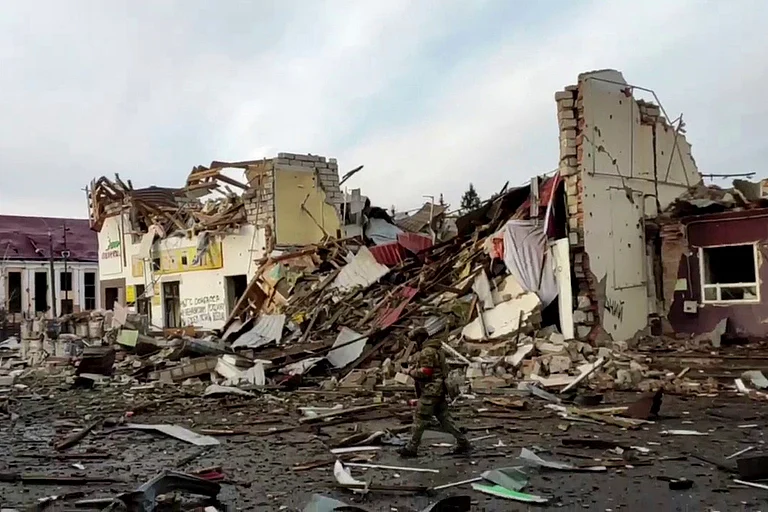A Few Good Questions
- Has the economy bottomed out?
Despite optimism that the worst is over, most forecasts have pared growth expectations for 2013-14 - Will inflation remain under check?
If the monsoon delivers, WPI inflation may remain at 5%; but the danger lies in supply side issues in foods - Will there be a pick-up in govt and pvt investments?
Efforts to ease some of the bottlenecks will bring more projects in power, steel and cement to completion - Can the youth look forward to better employment opportunities?
Jobs in manufacturing remain tough; slippage in services growth won’t help - Will consumption-led stimulus save the day?
Buying sentiment remains sluggish, but that could quickly change with lower interest rates.
***
“Do not belittle India’s growth prospects,” Union finance minister P. Chidambaram had told journalists recently. That’s his job, after all, and he’s banking on India’s famed entrepreneurial spirit—and the high proportion of working people—to propel growth for a few more decades, irrespective of which government is in power. A sombre reality check, however, came this week when data from the Central Statistical Organisation showed that India’s real GDP growth had dropped to 5 per cent after a full decade.
Which begs the question: are we in for further bad news in the run-up to the general elections, or are Chidambaram and his team right when they claim that the economy has bottomed out?
If it’s any consolation, at least one key factor—the crucial summer monsoon that accounts for 80 per cent of the rainfall in the country—is in place. It hit the Kerala coast on time, raising expectations that the economy, particularly the agriculture sector, could benefit. But as past trends show, monsoons can well play hookey after a good start. For the moment, though, there is general optimism that the economy should record stronger growth in 2013-14.
Another reason for the experts to be positive is that government non-tax revenues have risen more than the budgeted target. Besides, the acts of cutting petroleum subsidy and compressing public expenditure across the board in 2012-13’s third and fourth quarters have helped contain the fiscal deficit to 4.9 per cent—below the budget target of 5.1 per cent. Prof N.R. Bhanumurthy of the National Institute of Public Finance and Policy expects the GDP numbers for 2012-13 to go up after revision, thanks to “policy initiatives both on the investment and the fiscal side”. He’s projecting 6.9 per cent growth in the FY 2013-14.
However, there are enough economists who predict further gloom ahead. Ashok V. Desai maintains that “the growth rate will go down further to 3.9 per cent in 2014. It is the momentum of major economic variables, especially investments and balance of payments”. Desai was among the few who had forecast an under-5 per cent GDP growth for 2012-13. Narendar Pani, of Bangalore’s National Institute of Advanced Studies, shares his view: “We are in for a further slide. Essentially whatever benefits liberalisation had to offer have been reaped.”
Pointing to the high cost of living in Bangalore, Pani says getting skilled workers in the city has become difficult, with many going back to their villages. Many IT companies are being forced to relocate to other centres, while foreign buyers are encouraging garment exporters to move out to Bangladesh due to better cost economics. “There is no sign of a recognition of the problem,” says Pani. Over the last few months, several global agencies have pared their 2013-14 growth forecast for India. Only higher infrastructure investments could help India revert to the average 8.7 per cent growth in the five years prior to the global financial crisis, they contend.
For the UPA, with the elections approaching, there is relief on the inflation front. The downward pressure on inflation (both the wholesale and the consumer price index) is expected to create some monetary space and could see the central bank cut interest rates further, giving a boost to investments and consumer spending. Some economy-watchers predict an upturn by the coming festival season—but then many had made that prediction last year as well.
The imminent food security bill is also likely to make a potential impact on the economy. Says Surjit S. Bhalla, managing director, Oxus Research and Investments, “Whether we accelerate from here depends on the government and the RBI. If the government were to pass the food security bill, the RBI should tighten and raise the interest rates to counter the government’s irresponsibility. If the Centre does not pass the food security bill, then the RBI should hasten the rate cut to push recovery.”
The debate on the advisability of enacting the food security bill remains inconclusive, with its opponents fearing that the not-so-poor will siphon off the benefits, leaving the deserving high and dry. The government, however, can see only a key election-winning plank in the food security legislation and is eager to roll it out, whether or not there is adequate infrastructure to ensure proper transfer of cash benefit or of foodgrain supplies to the poor given the sorry condition of the existing public distribution system in most states.
On the fuel and raw material front, after the dismal state of investments in the second and third quarter of last year, government attempts to clear bottlenecks in the supply of coal and the court allowing mining in Karnataka, some of the issues have been addressed. Of course, the steep drop in gas supplies from Reliance Industries’ K-G Basin continues to hold up power generation in several plants that were promised clean fuel. “It’s not like the worst-case scenario last year,” says Dr Abheek Barua, chief economist at HDFC Bank. He does add, though, that “while public sector investments in infrastructure, particularly power, have started happening, we do not see much new investments coming due to continuing policy uncertainties.”
Indeed, the private sector is worried about how government policy will pan out with the elections just a few months away. There are also several regulatory concerns, particularly due to the lack of any forward movement on the land acquisition bill. The biggest challenge ahead, says Raghuram Rajan, chief economic advisor, is managing the deficit, “because it implies that we are dependent on foreign finances. So we need to build investor confidence and maintain that industry confidence to go forward. We’re still in some ways just pulling ourselves up. There’s a long way to go.”
Keen economy-watcher Mahesh Vyas, MD and CEO, Centre for Monitoring Indian Economy, says that investments—both public and private—have started picking up, mostly driven by private sector projects in power, steel and cement “partly due to incentives offered in the budget for the manufacturing sector”. The catch, however, is in what Vyas says next: “I don’t see any new projects being announced”. The ones coming on stream are those that had been held up due to lack of funds or other reasons.
Clearly, no one is venturing to express a categorical opinion on how the economy will perform over the next year. It’s a guaranteed edge-of-the seat run-up to the election.


























